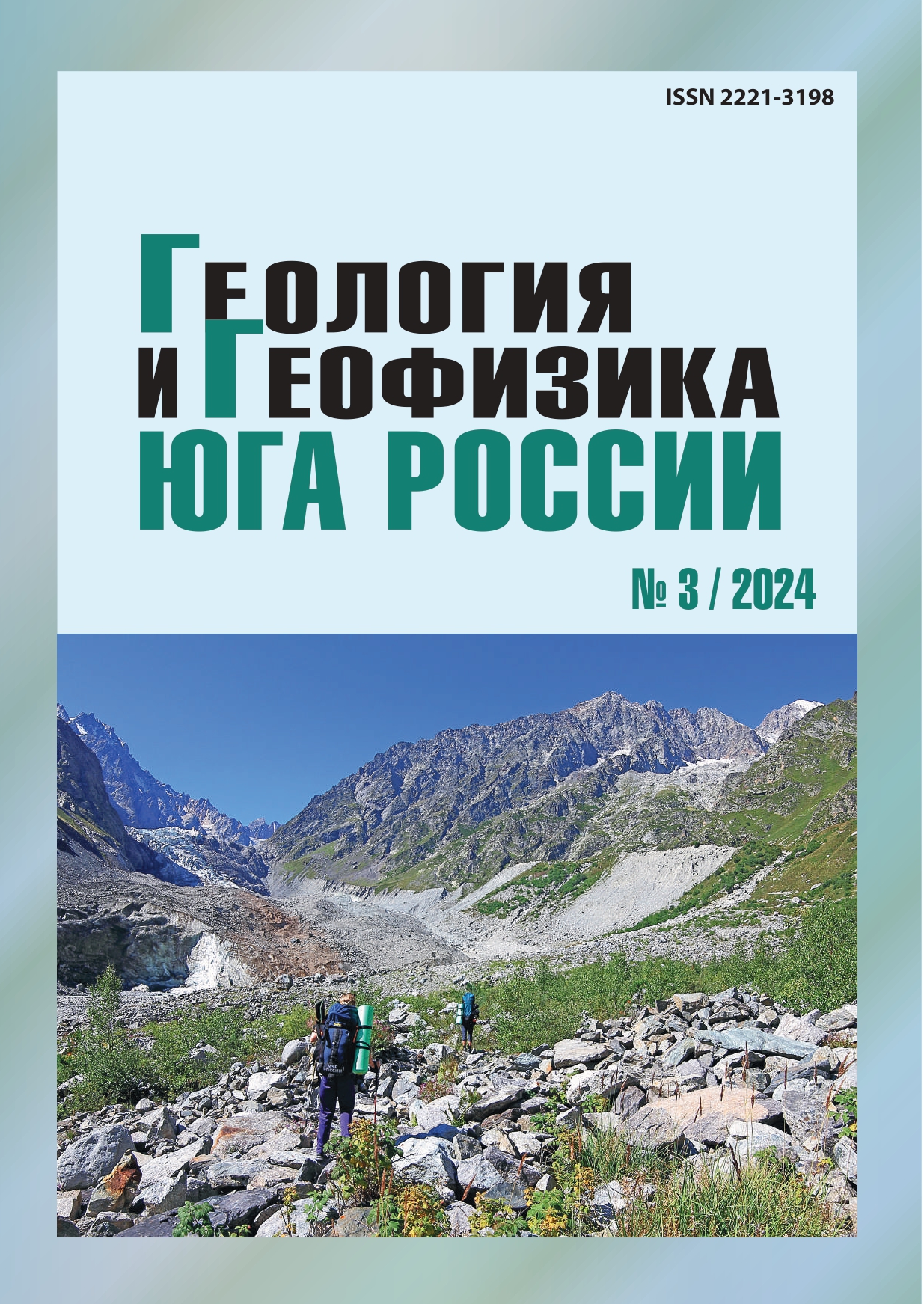Development of the deformation GNSS monitoring network for the eastern branches of the Vladikavkaz fault
Abstract
Relevance. This article presents the results of work aimed at developing a deformation GNSS monitoring network for the eastern branches of the Vladikavkaz Fault in the Republic of North Ossetia-Alania. The region is characterized by a high density of geodetic networks, including state, scientific, and commercial networks. However, previous studies did not incorporate the use of state geodetic points or the establishment of a geodetic network uniformly distributed across the republic. The aim of the study, development of a network for deformation GNSS monitoring in the eastern and western branches of the Vladikavkaz fault. Research methods. The developed test site is based on state geodetic points, rock centers laid by the team of authors, and points of permanent networks. Research was conducted to improve the methodology for assessing the accuracy of GNSS measurements, considering the specific mountain physical and geographical conditions. The field control methodology for GNSS equipment accuracy allows for in-field control using a single baseline without reference constructions. Research results. Similar experiments were previously conducted in flat terrain conditions. An important aspect is the application of the method to new types of GNSS antennas that have not been previously studied, including choke-rings, as well as Chinese-made antennas with Chinese CHCNAV boards, which are currently increasingly used in the Russian Federation. Processing observations using the developed algorithm made it possible to compare the nominal parameters of GNSS antennas with their actual characteristics and take into account the actual positions of the phase center. In September 2023, the first observation cycle for modern crustal movements using GNSS was conducted at the newly established Ossetian geodynamic test site. The initial results indicated that most of the standard deviations for point positions in plan view were in the range of 2–3 mm, and in height, 3–5 mm. The average standard deviations values in plan view and height were 3 mm and 6 mm, respectively.


